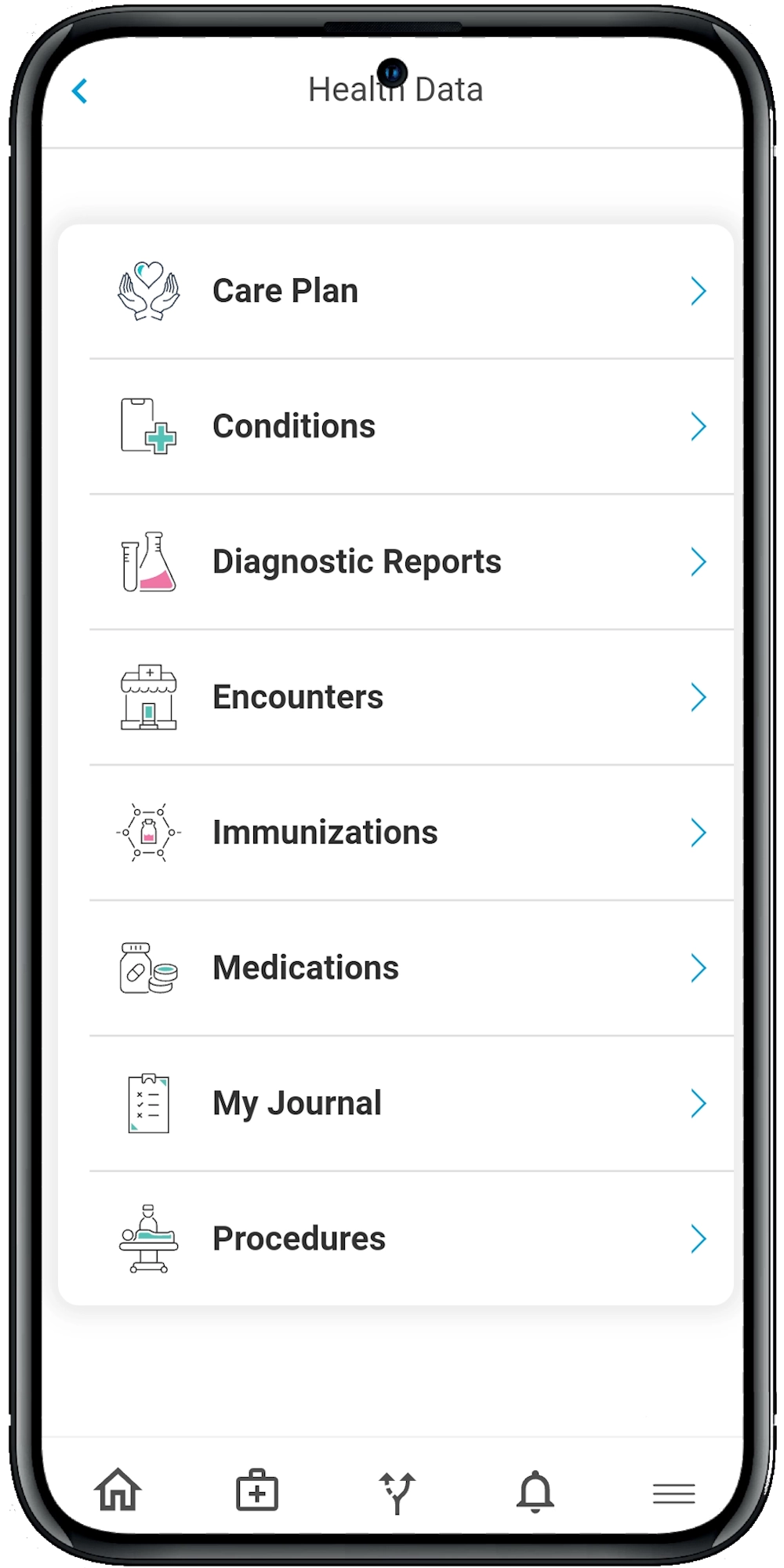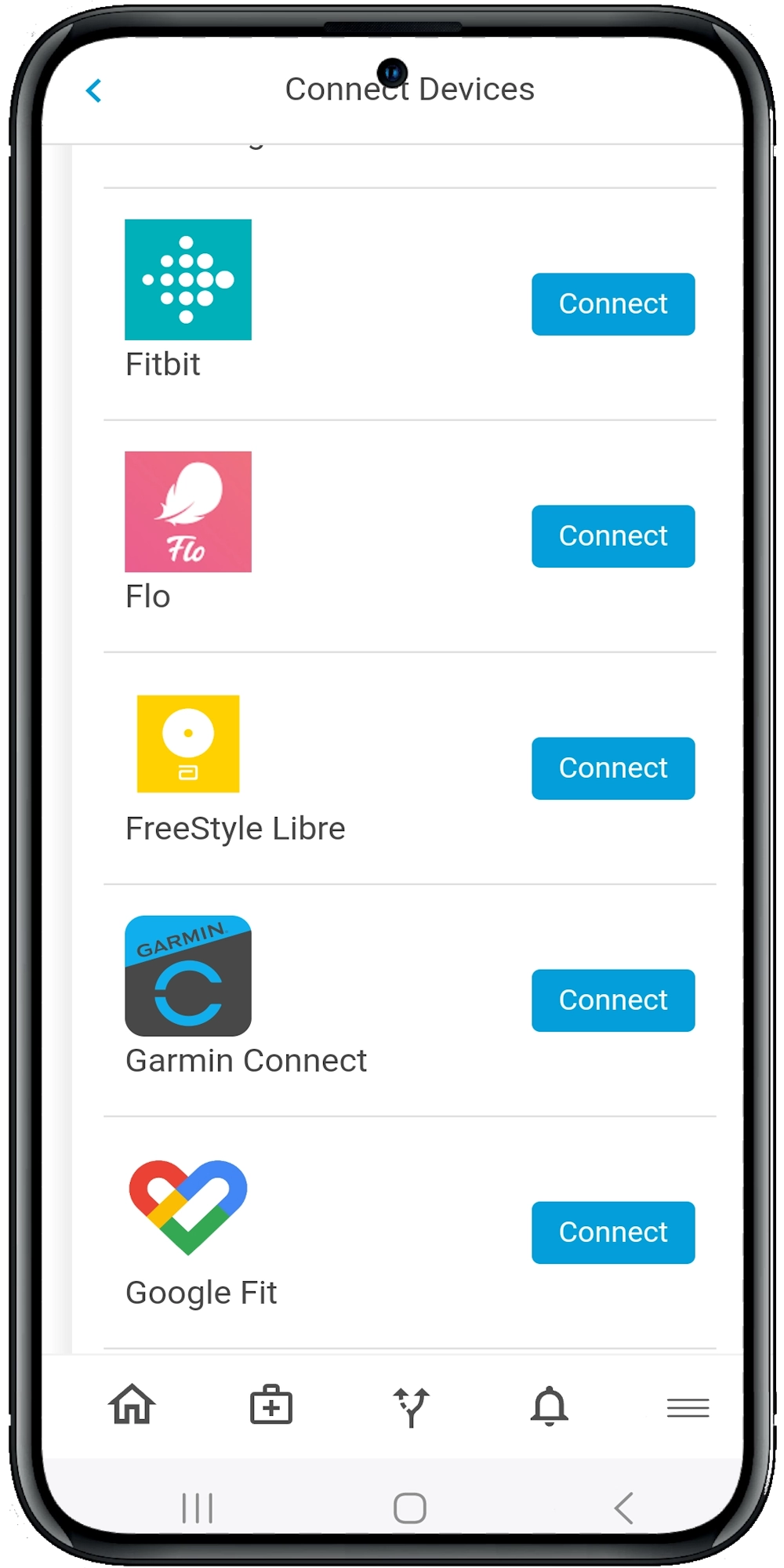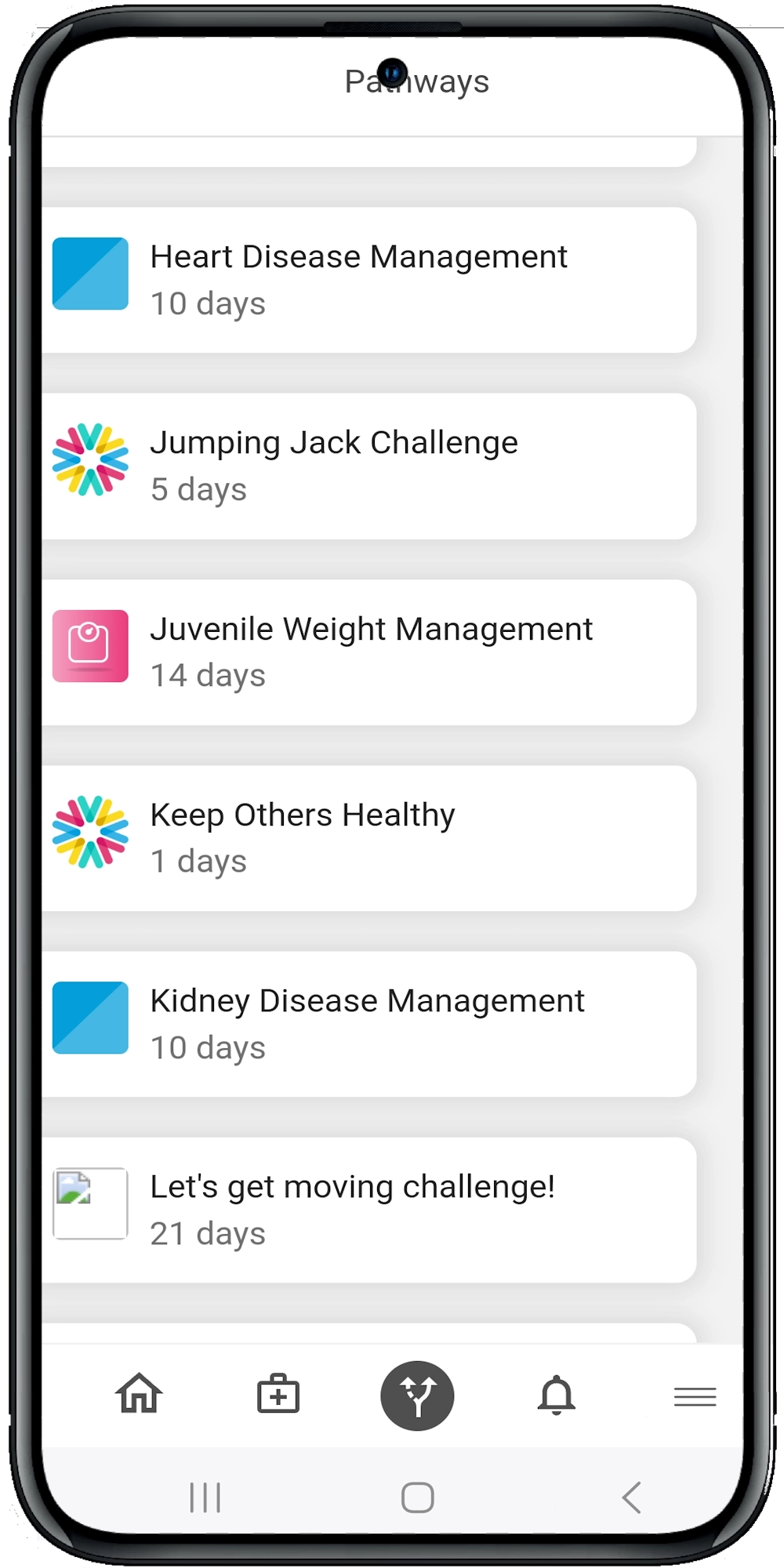Enhancing Women’s Health Treatment Plans with Digital Solutions
The Digital Health Revolution: A Game-Changer for Women’s Health
Telemedicine: Bridging the Gap
Telemedicine has been a lifeline, especially during the COVID-19 pandemic. For women juggling multiple responsibilities, telemedicine offers a convenient way to access healthcare without the need for travel. It’s like having a doctor’s office in your living room.
- Convenience: Patients can consult with their healthcare providers from the comfort of their homes.
- Accessibility: Telemedicine makes healthcare accessible to women in remote or underserved areas.
- Flexibility: It allows for flexible scheduling, which is crucial for women balancing work, family, and personal health.
Mobile Health Apps: Empowering Patients
Mobile health apps are like personal trainers for health. They provide women with tools to track their health metrics, set reminders for medication, and even monitor menstrual cycles. These apps can play a significant role in managing chronic conditions and promoting preventive care.
- Health Tracking: Apps can monitor vital statistics such as blood pressure, glucose levels, and weight.
- Medication Management: Reminders and alerts ensure that patients adhere to their medication schedules.
- Educational Resources: Access to reliable information about health conditions and treatments.
Wearable Technology: A Personal Health Assistant
Wearable technology, such as smartwatches and fitness trackers, offers real-time data that can be invaluable for both patients and healthcare providers. These devices are like having a personal health assistant that never leaves your side.
- Monitoring: Continuous monitoring of heart rate, sleep patterns, and physical activity.
- Data Sharing: Easy sharing of health data with healthcare providers for better-informed treatment plans.
- Motivation: Encourages patients to stay active and make healthier lifestyle choices.
Integrating Digital Solutions into Women’s Health Treatment Plans
Personalized Care Plans
Digital health tools enable the creation of personalized care plans tailored to the unique needs of each patient. Think of it as a custom-made suit, designed to fit perfectly.
- Data-Driven Decisions: Use data from wearable devices and health apps to make informed decisions.
- Patient Engagement: Engage patients in their care by involving them in the decision-making process.
- Continuous Monitoring: Keep track of patients’ progress and adjust treatment plans as needed.
Enhanced Communication
Effective communication is the cornerstone of quality healthcare. Digital solutions can enhance communication between patients and healthcare providers, ensuring that everyone is on the same page.
- Secure Messaging: Use secure messaging platforms for quick and easy communication.
- Virtual Consultations: Schedule follow-up appointments via telemedicine to discuss treatment progress.
- Patient Portals: Provide access to medical records, test results, and treatment plans.
Preventive Care and Early Detection
Prevention is better than cure, and digital health tools can play a significant role in preventive care and early detection of health issues.
- Screening Reminders: Send reminders for regular screenings such as mammograms and Pap smears.
- Risk Assessments: Use digital tools to assess risk factors for conditions like breast cancer and osteoporosis.
- Health Education: Provide educational resources to promote healthy lifestyle choices.
Overcoming Challenges in Digital Health Integration
Data Privacy and Security
Protecting patient data is paramount. Ensure that all digital health tools comply with HIPAA regulations and other relevant privacy laws.
- Encryption: Use encryption to protect data during transmission and storage.
- Access Controls: Implement strict access controls to ensure that only authorized personnel can access patient data.
- Regular Audits: Conduct regular audits to identify and address potential security vulnerabilities.
Technology Adoption
Not all patients and healthcare providers are tech-savvy. Providing adequate training and support is crucial for successful adoption.
- Training Programs: Offer training programs for both patients and healthcare providers.
- User-Friendly Interfaces: Choose digital health tools with intuitive, user-friendly interfaces.
- Ongoing Support: Provide ongoing technical support to address any issues that may arise.
The Future of Women’s Health: Embracing Digital Solutions
The future of women’s health lies in embracing digital solutions. By integrating these tools into treatment plans, healthcare providers can offer more personalized, efficient, and effective care.
- Innovation: Stay updated with the latest advancements in digital health technology.
- Collaboration: Collaborate with technology providers to develop customized solutions.
- Patient-Centered Care: Keep the focus on the patient, ensuring that digital solutions enhance, rather than hinder, the patient experience.




